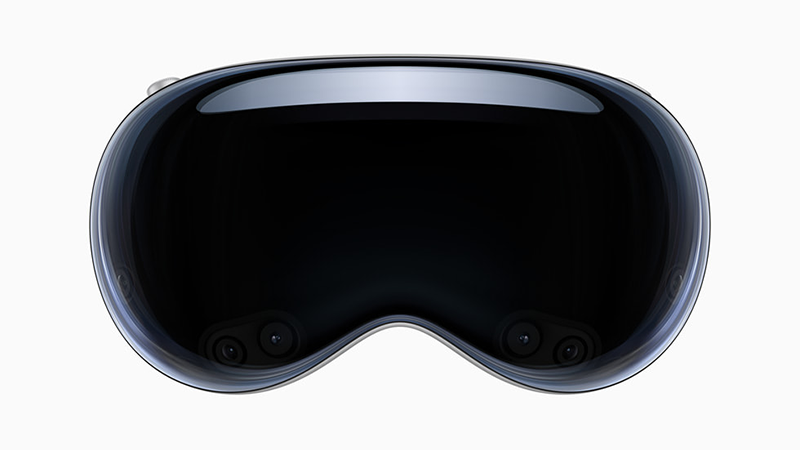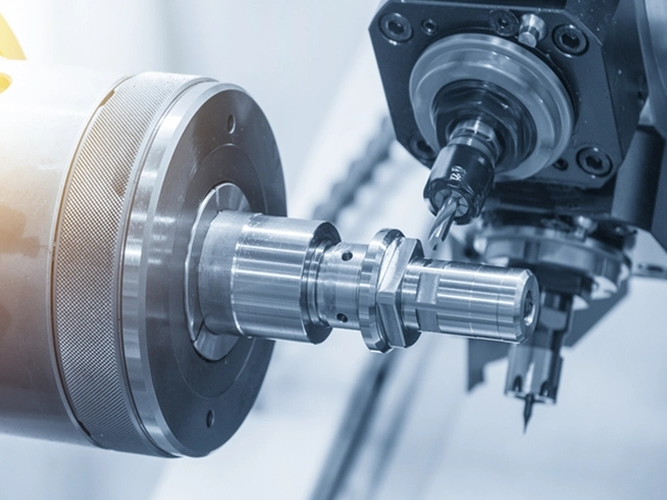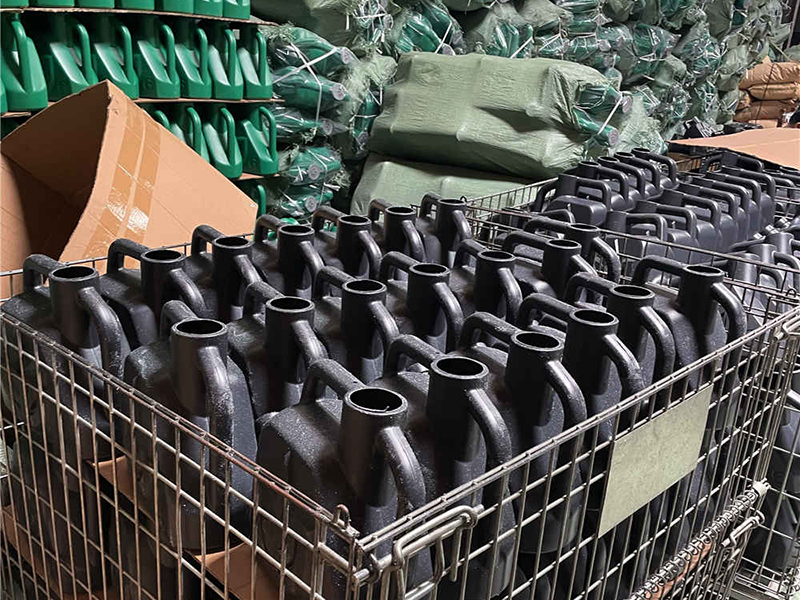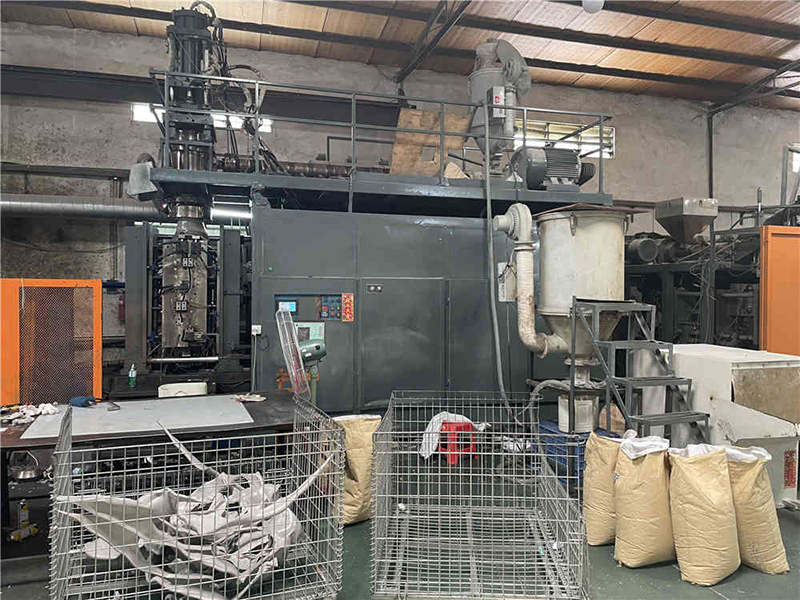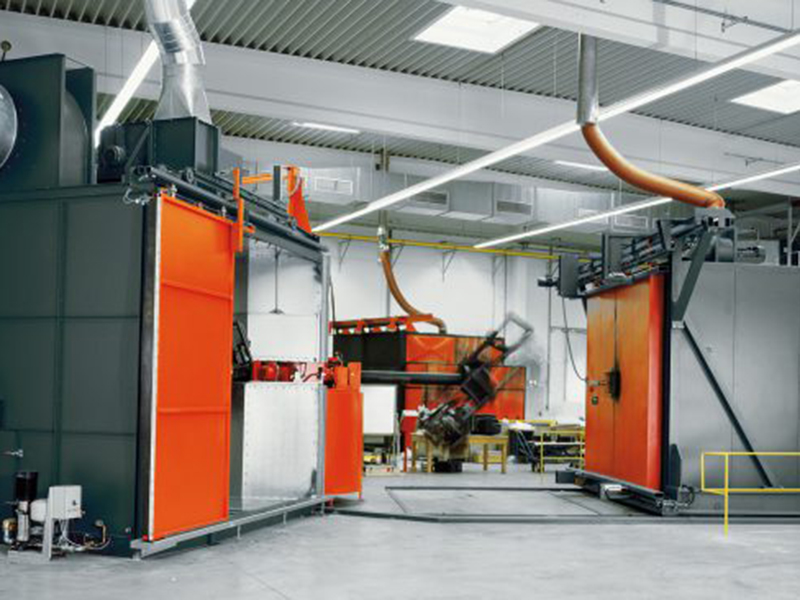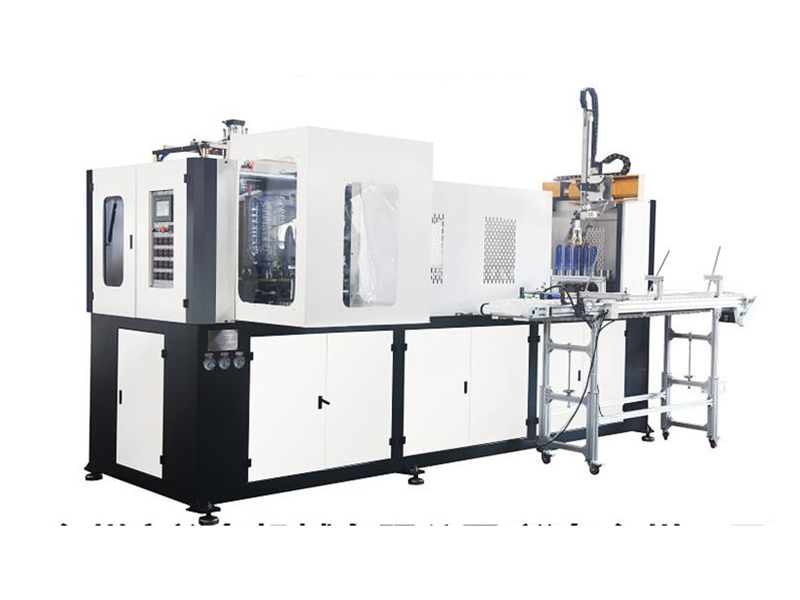The Future of Blow Molding Technology: Revolutionizing Manufacturing
Revolutionizing Manufacturing: The Future of Blow Molding Technology
Blow molding technology has been a cornerstone of manufacturing industries for decades, primarily for creating hollow plastic products. As we move into the future, this technology is poised to undergo significant advancements, driven by the need for sustainability, efficiency, and innovation. Here’s a closer look at how blow molding technology is set to revolutionize manufacturing.
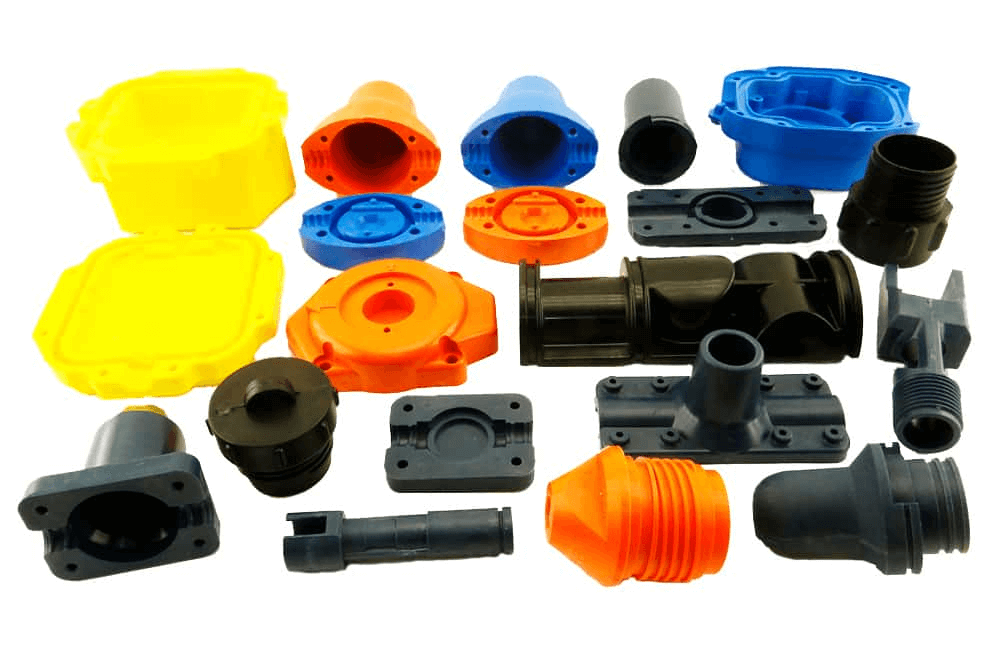
What is Blow Molding?
Blow molding is a manufacturing process by which hollow plastic parts are formed. The technology involves injecting air into heated plastic, forming it into a desired shape using a mold. This technique is widely used in creating bottles, containers, and various other hollow plastic products.
The Evolution of Blow Molding Technology
As with many manufacturing technologies, blow molding has undergone continuous evolution. The traditional methods have been greatly enhanced through modern innovations that focus on improving efficiency, reducing costs, and enhancing product quality.

Emerging Trends and Innovations
1. Sustainable and Biodegradable Materials
One of the most significant advancements in blow molding technology is the introduction of sustainable and biodegradable materials. Traditional plastics have posed severe environmental concerns due to their non-biodegradable nature. The shift towards materials that can break down in the environment addresses these problems and aligns with global sustainability goals.
2. Advanced Automation and AI Integration
Automation and Artificial Intelligence (AI) are transforming many sectors, including blow molding. The integration of these technologies enables precision manufacturing, reduces human error, and enhances production speed. AI systems can monitor production lines in real-time, predict maintenance issues, and optimize the entire process for maximum efficiency.
3. Energy Efficiency
Innovations in blow molding technology also focus on making the process more energy-efficient. New machinery designs and manufacturing processes aim to reduce energy consumption significantly. This not only lowers operational costs but also minimizes the carbon footprint of manufacturing activities.
4. 3D Blow Molding
One of the futuristic developments in this field is 3D blow molding, which combines traditional blow molding techniques with 3D printing. This hybrid approach allows for the creation of complex shapes that were previously unattainable with conventional methods. The flexibility and precision offered by this technology open up new possibilities for product design and innovation.
5. Enhanced Quality Control
With the advent of advanced sensors and monitoring systems, quality control in blow molding has reached new heights. These systems can detect even minute defects in real-time, ensuring that only products meeting the highest standards reach the market. This reduces waste and increases overall efficiency.
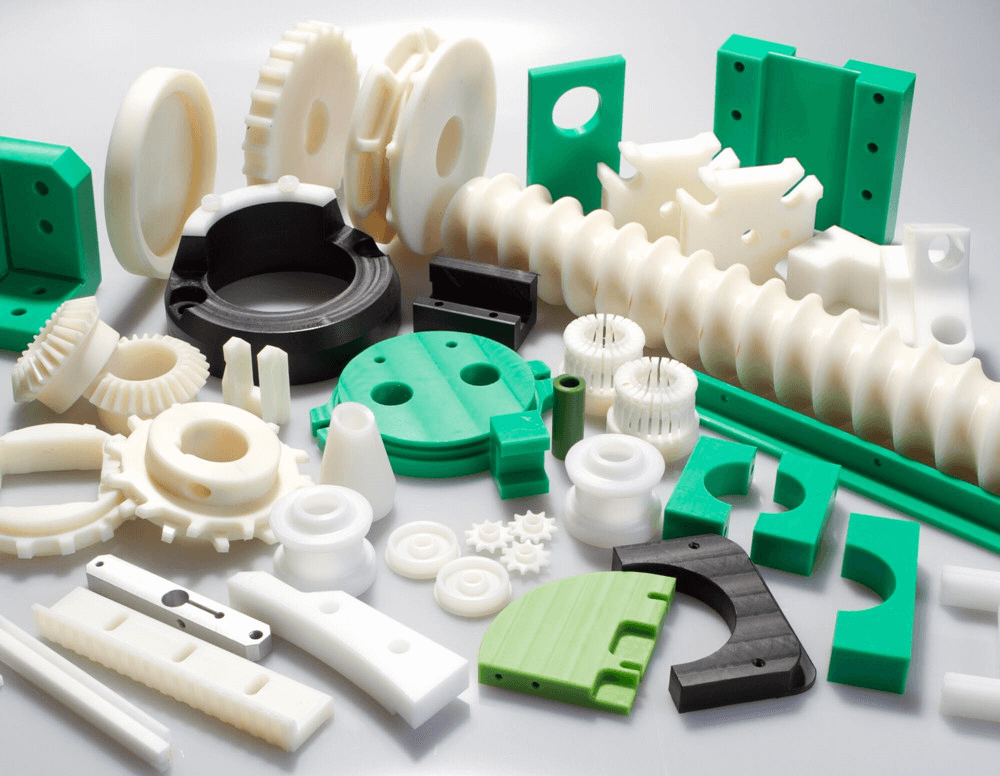
The Benefits of Modern Blow Molding Technology
1. Cost Efficiency
Modern blow molding technologies reduce material waste and energy consumption, leading to significant cost savings. Automation further reduces labor costs, making the manufacturing process more economically viable.
2. Product Customization
The advancements allow for greater customization and versatility in product design. Manufacturers can now meet specific customer requirements more effectively, providing bespoke solutions across various industries.
3. Environmental Impact
The shift towards sustainable materials and energy-efficient processes significantly reduces the environmental footprint of blow molding. This is crucial in an era where consumers and regulatory bodies are increasingly demanding greener practices.
Challenges and Future Prospects
Despite these advancements, blow molding technology does face certain challenges. The initial investment in new, advanced machinery can be significant. Additionally, the development and widespread adoption of sustainable materials require ongoing research and collaboration across the industry.
However, the future of blow molding technology looks promising. With continuous R&D, the integration of cutting-edge technologies, and a clear focus on sustainability, blow molding is set to play a pivotal role in the next generation of manufacturing.
Conclusion
Blow moulding technology is undergoing a period of transformation, driven by innovations that aim to make manufacturing more sustainable, efficient and versatile. From the use of biodegradable materials to the integration of AI and automation, the future of blow moulding promises to revolutionise the industry. As manufacturers adopt these advanced techniques, we can expect to see a new era of environmentally friendly, high quality and cost-effective production methods.
By staying ahead of these trends and continually innovating, manufacturers can use blow moulding technology to create products that meet the demands of an ever-evolving marketplace. The future of blow moulding technology is not just about improving processes - it is about revolutionising the entire manufacturing landscape.
By incorporating the latest advances and sustainable practices, blow moulding is poised to lead the future of manufacturing innovation, making it an exciting field to watch.


